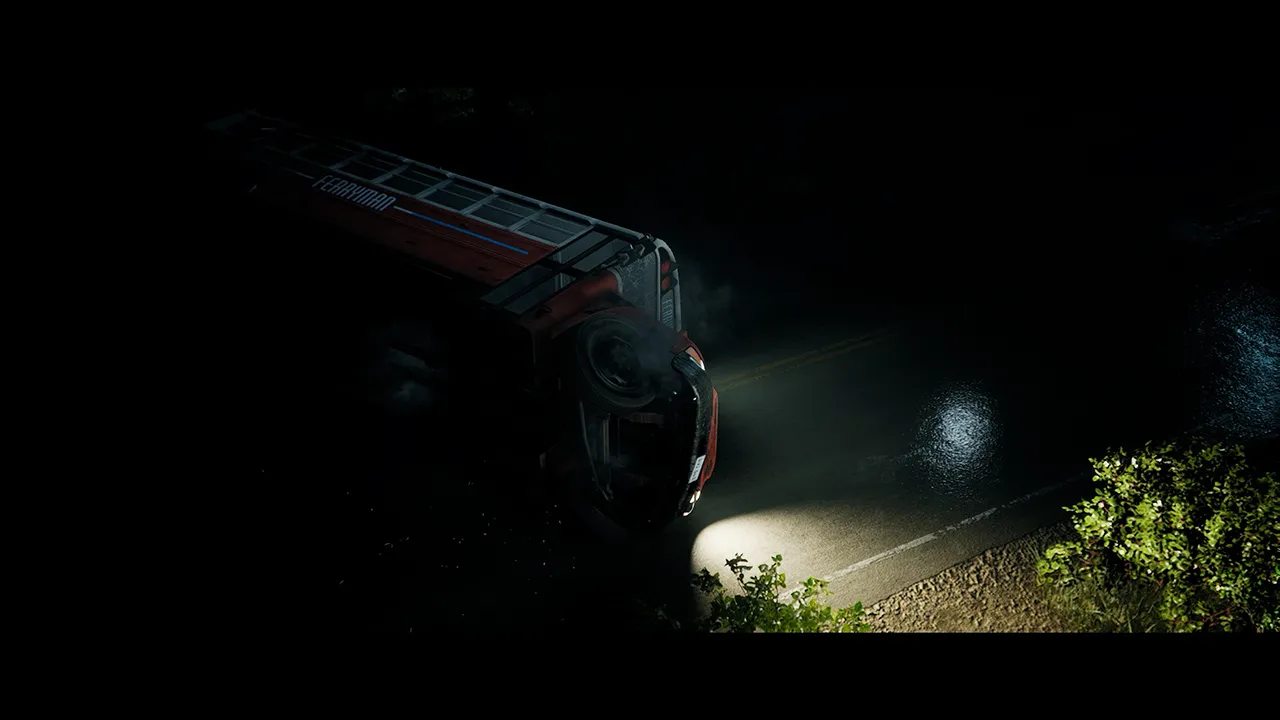
The Dark Pictures Anthology: Little Hope – A Review
The Dark Pictures Anthology, a series of narrative-driven horror games developed by Supermassive Games, has become synonymous with interactive horror experiences. In October 2020, the studio released Little Hope, the second installment in this chilling anthology. Having already explored Man of Medan, House of Ashes, and The Devil in Me, this review completes the picture with an in-depth look at Little Hope.
 A bus crashed on a desolate road
A bus crashed on a desolate road
On a desolate road in rural America, a bus carrying a group of college students and their professor crashes under mysterious circumstances. Awakening disoriented and stranded, the passengers discover their driver has vanished. The group, consisting of John, Angela, Taylor, Daniel, and Andrew, sets off towards the nearby town of Little Hope, seeking help and answers.
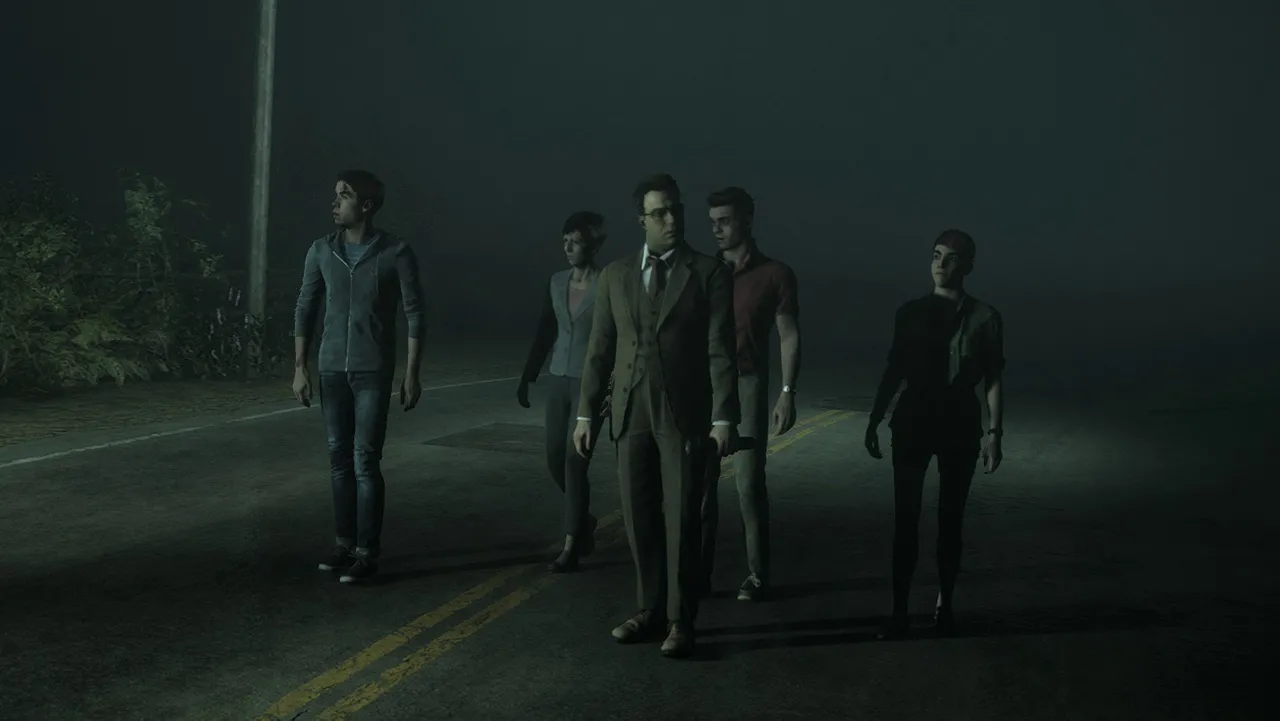 The characters walking through a foggy town
The characters walking through a foggy town
Their journey quickly turns into a terrifying ordeal as they’re pursued by grotesque creatures, facing imminent death and seemingly trapped within the unsettling confines of Little Hope. The mystery surrounding the town and the missing bus driver becomes the central focus, leaving players to unravel the truth.
High Replay Value
Little Hope shines in its replayability, a hallmark of interactive narrative games. The choices presented throughout the game significantly impact the unfolding story, offering a branching narrative with various outcomes. Decisions are woven into dialogues and quick-time events, adding tension and consequence to every interaction.
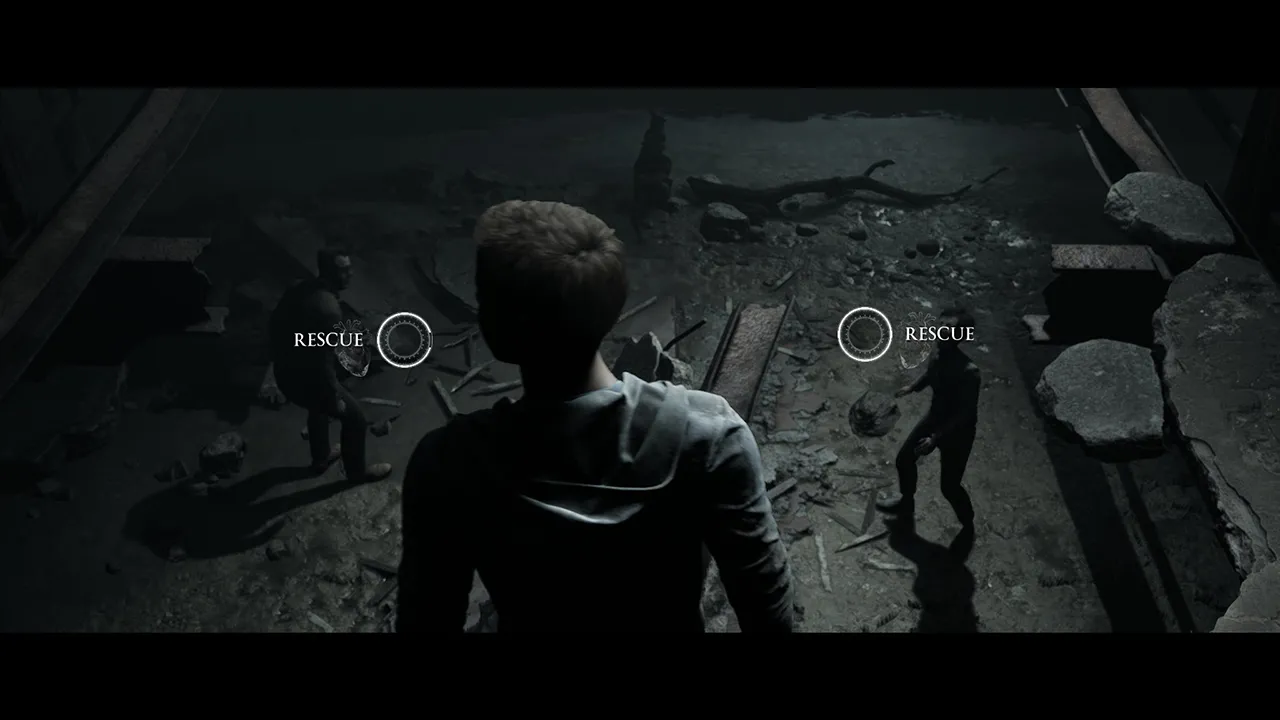 Characters interacting in a tense situation
Characters interacting in a tense situation
Light exploration elements further enhance the experience. Investigating objects within designated areas reveals more about the town’s dark history. These discoveries can also unlock crucial items, leading to new story developments and choices. Playing through the game twice revealed drastically different scenarios and endings, demonstrating the impact of seemingly small decisions.
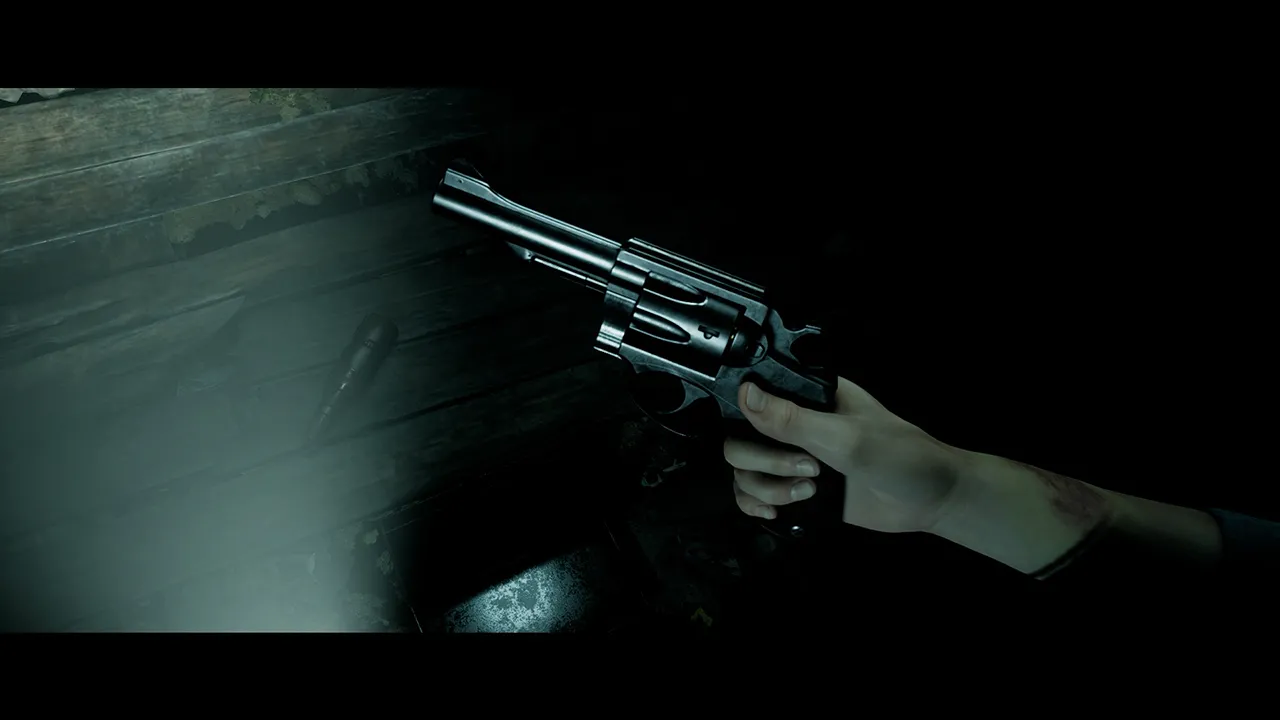 A character holding a flashlight in a dark environment
A character holding a flashlight in a dark environment
Similar to other entries in the anthology, completing the game unlocks the “Curator’s Cut,” offering a new perspective on the story with alternate choices and scenes. For the optimal Little Hope experience, the online “Shared Story” mode allows two players to control different characters, adding another layer of unpredictability to the narrative.
Diminished Horror
While Little Hope delivers a decent horror experience, it falls short compared to other Supermassive titles. The setting—a deserted, fog-shrouded town at night—establishes an unsettling atmosphere. Many scenes rely solely on flashlight beams, amplifying the sense of vulnerability. The dilapidated state of Little Hope, devoid of life, hints at a deeply disturbing past.
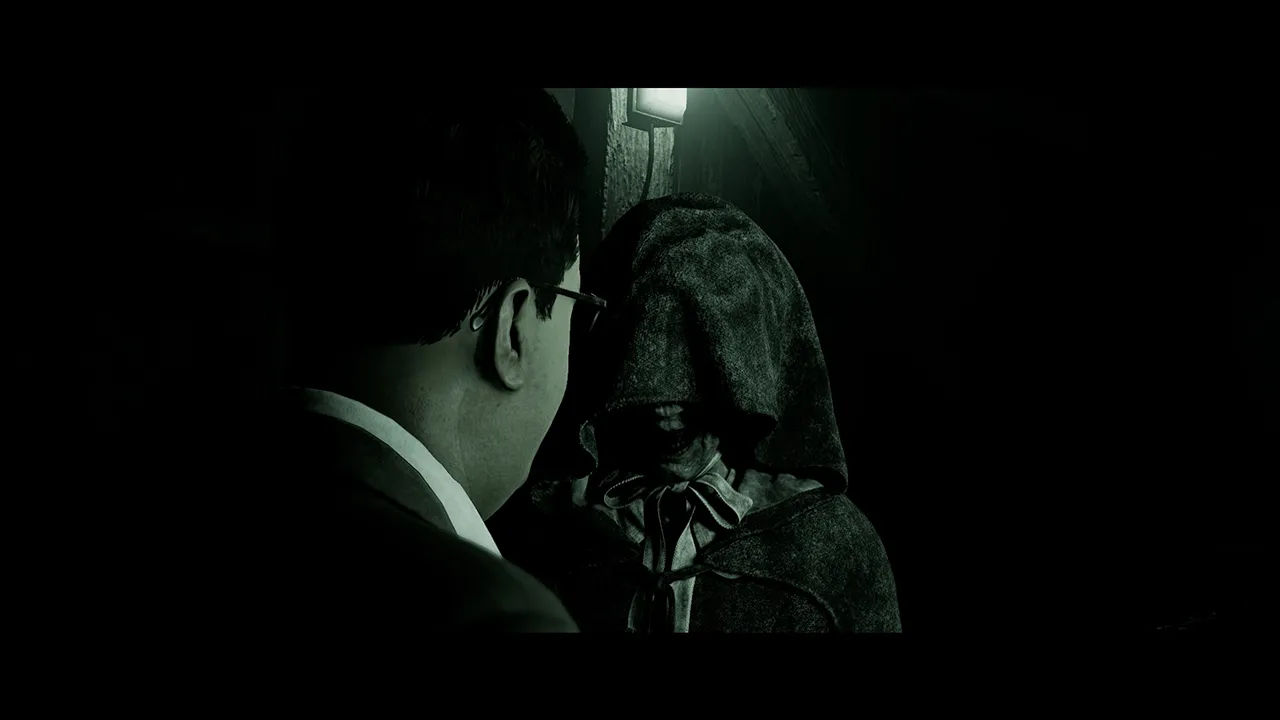 A character exploring a dark and creepy area
A character exploring a dark and creepy area
However, beyond these atmospheric elements, the horror feels diluted. Despite the creatures’ frightening designs, the game rarely provides a clear view, relying on glimpses of limbs or obscured perspectives. Compared to Until Dawn, where direct monster encounters heightened the fear, this approach feels less effective.
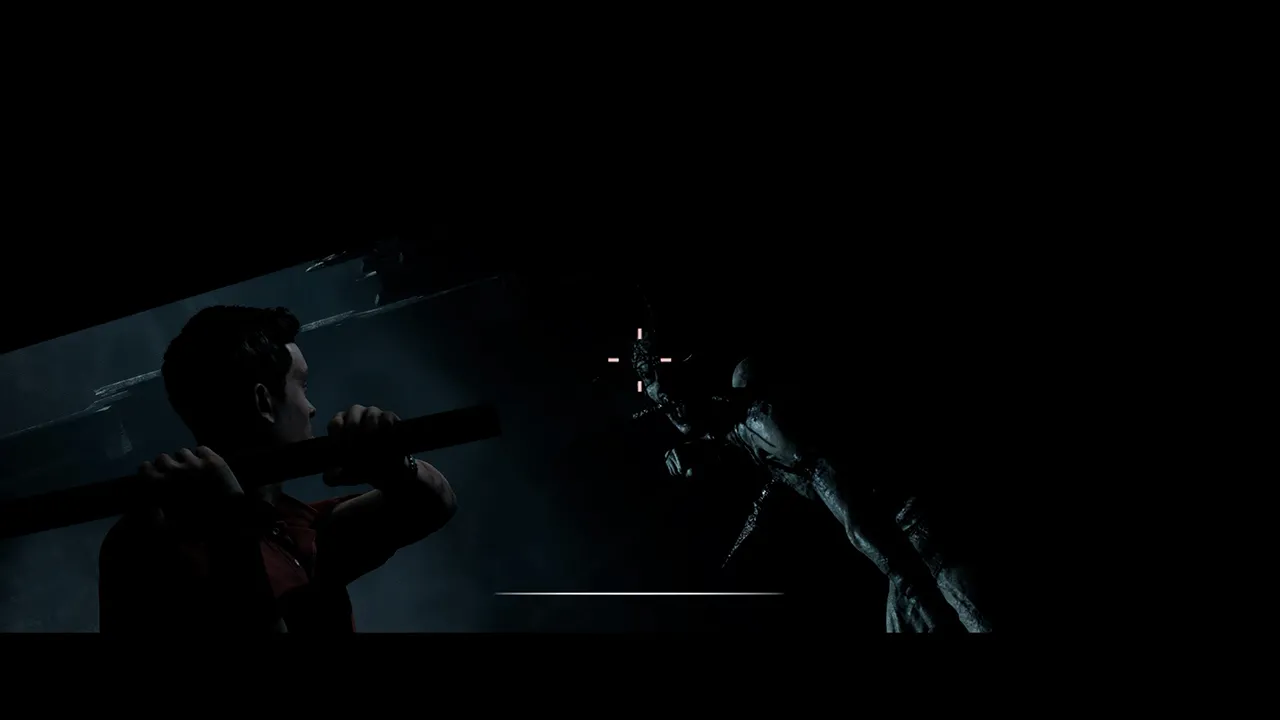 A distorted view of a monster
A distorted view of a monster
Furthermore, the overuse of jump scares quickly becomes predictable and tiresome. The frequent reliance on this technique diminishes its impact, making the scares feel more like a narrative crutch than genuine frights.
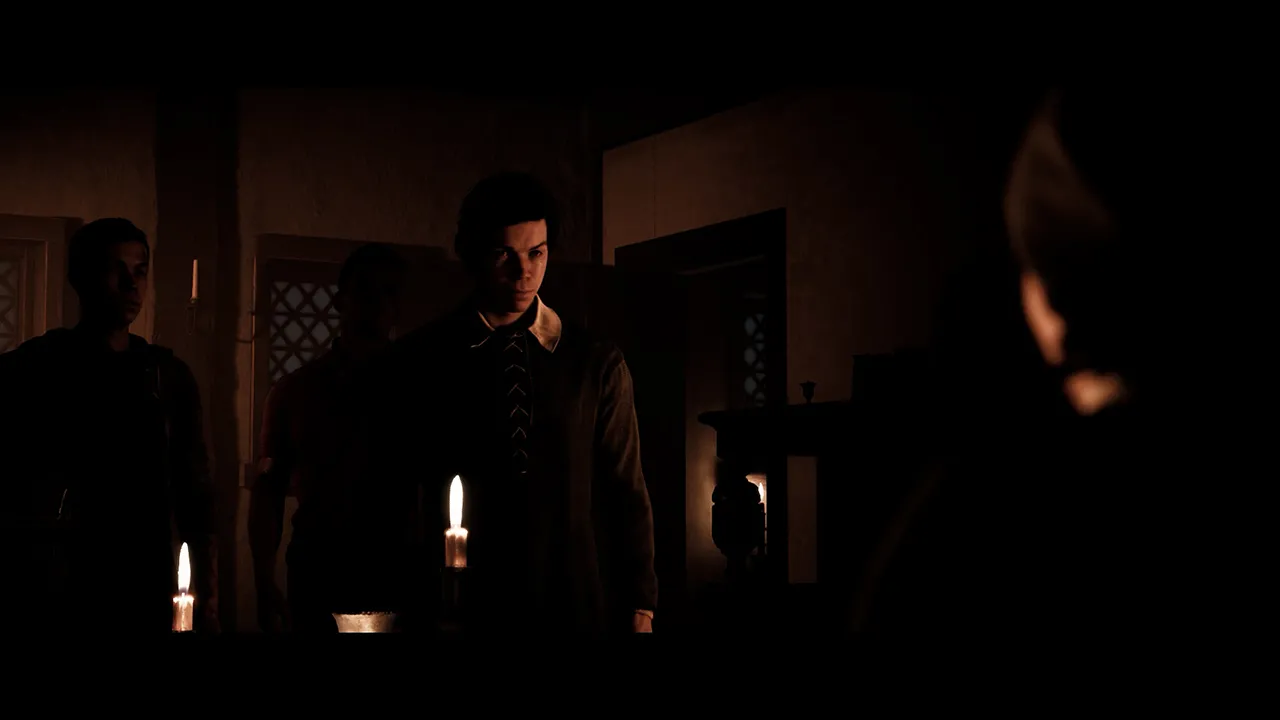 A close-up of a character's face in a frightening situation
A close-up of a character's face in a frightening situation
A Flawed Narrative
Little Hope’s story had the potential to be a powerful exploration of confronting the past and overcoming trauma. Unfortunately, clumsy execution undermines its promise. The narrative lacks cohesion and suffers from a nonsensical plot twist. The main storyline intertwines with a 17th-century witch trial narrative, serving as an allegory for the protagonist’s past trauma. However, this subplot feels unnecessary and meandering, detracting from the core narrative. Focusing solely on the present-day events and allowing the protagonist to directly confront their past would have resulted in a more impactful and emotionally resonant story.
In conclusion, Little Hope offers a compelling premise with its interactive narrative and eerie atmosphere. However, its reliance on predictable jump scares and a convoluted storyline ultimately diminishes its impact as a truly terrifying experience.





Comments (0)